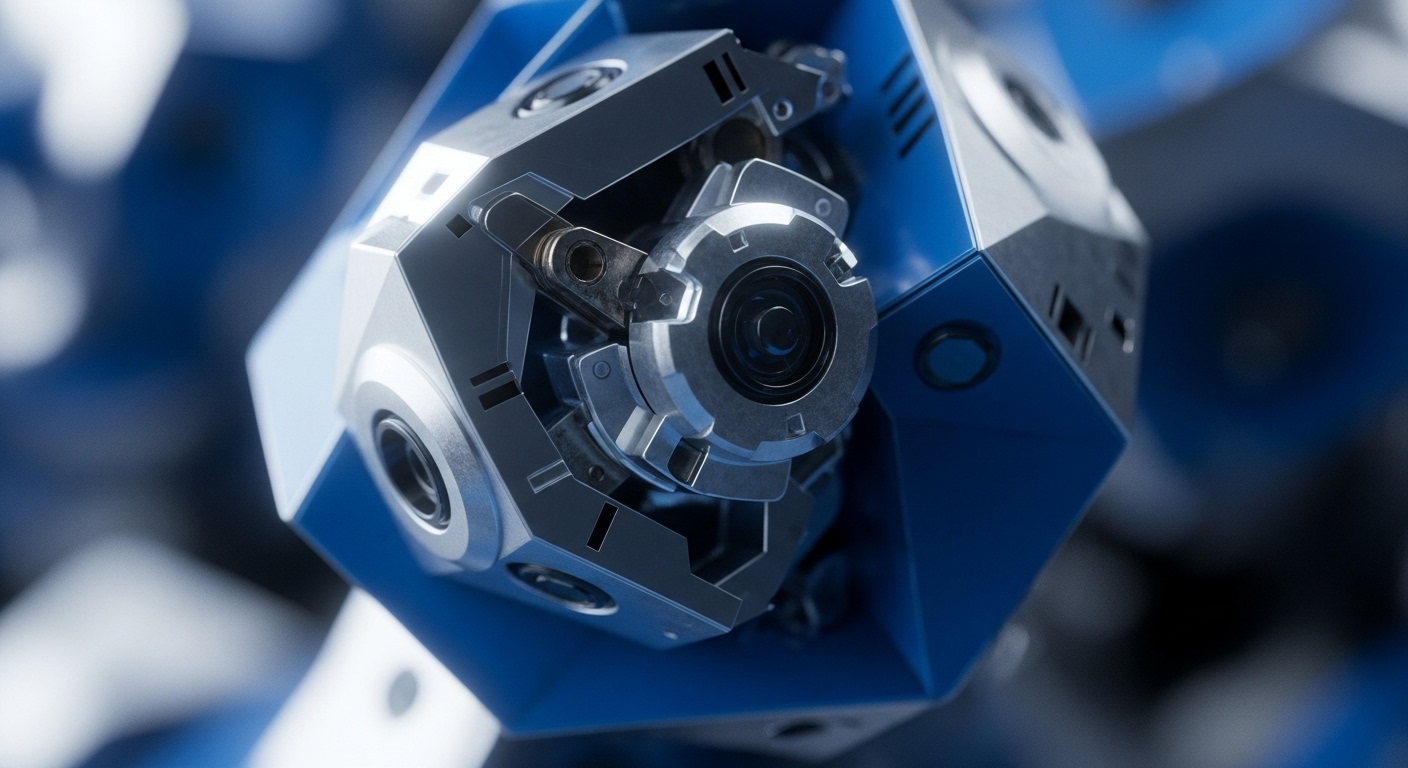
Briefing
The core research problem addressed is the inability to efficiently verify the fairness of machine learning models without compromising model confidentiality or requiring full access to sensitive training data. FAIRZK proposes a foundational breakthrough by decoupling the zero-knowledge proof of fairness from individual ML inferences, instead utilizing new, tighter fairness bounds derived solely from model parameters and aggregated input statistics. This new theory implies a future where large-scale, confidential auditing of complex AI systems for bias becomes practically feasible, significantly enhancing trust and accountability in critical applications of machine learning.

Context
Prior to this research, established methods for assessing machine learning fairness predominantly required white-box access to the ML model and its training dataset. This presented a significant theoretical limitation and practical challenge, as models are often proprietary intellectual property, and datasets frequently contain sensitive information. Consequently, public verification of algorithmic fairness was largely impractical and inefficient, particularly for large models, due to the prohibitive computational cost of existing zero-knowledge proof (ZKP) techniques when applied to individual ML inferences.

Analysis
FAIRZK’s core mechanism introduces a fundamentally different approach to proving ML fairness in zero-knowledge. The new primitive is a set of specialized ZKP protocols built upon novel fairness bounds for logistic regression and deep neural networks. These bounds depend only on the model weights and aggregated input information, rather than specific datasets or individual inferences.
The system develops efficient ZKP protocols for common computations like spectral norm, absolute value, maximum, and fixed-point arithmetic, leveraging techniques such as sumcheck, GKR, and lookup arguments. This approach fundamentally differs from previous methods by avoiding repeated ZKP invocations for individual ML inferences, thereby achieving orders of magnitude faster proof generation and scalability to models with millions of parameters.

Parameters
- Core Concept ∞ Zero-Knowledge Proofs for ML Fairness
- New System/Protocol ∞ FAIRZK
- Key Authors ∞ Zhang, T. et al.
- Proof Generation Time (47M parameters) ∞ 343 seconds
- Speedup over Prior Work ∞ Up to 4 orders of magnitude
- Key Technical Innovation ∞ New fairness bounds and optimized spectral norm ZKP

Outlook
The research opens new avenues for scalable and confidential auditing of AI systems, with potential real-world applications in 3-5 years including verifiable compliance for financial algorithms, privacy-preserving healthcare diagnostics, and transparent criminal justice prediction models. Future research steps involve extending these new fairness bounds and ZKP protocols to other machine learning models, such as graph neural networks, and further refining the bounds to provide more intuitive “fairness scores.” This work provides a framework that urges the development of even better fairness bounds that are intrinsically suitable for zero-knowledge proving.
Signal Acquired from ∞ arxiv.org
